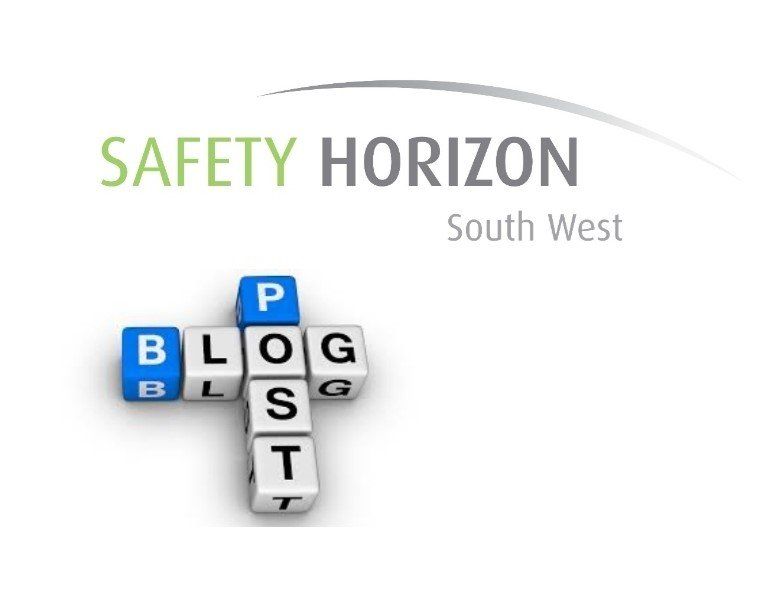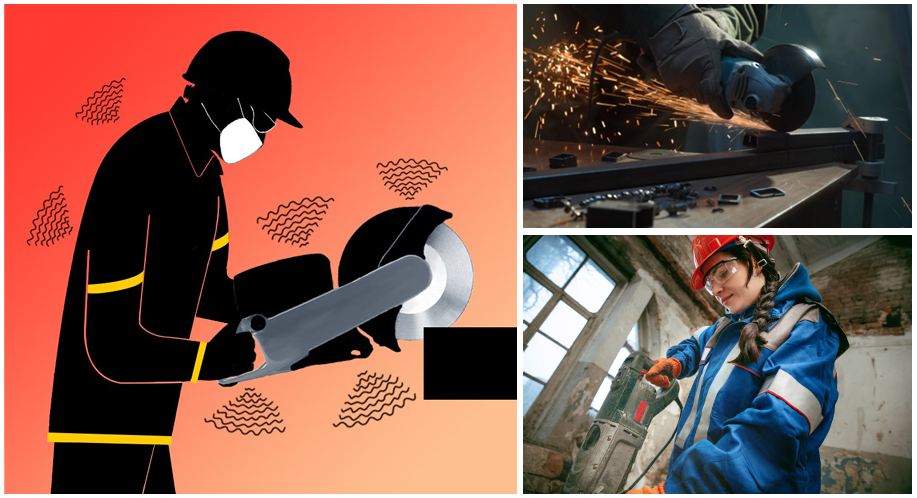Workplace transport
In his November blog, our senior director looks at workplace transport and how to create and maintain standards that minimise the chance of an incident....

WORKPLACE TRANSPORT
According to the HSE almost 5000 accidents involving workplace transport occur every year with approximately 50 of these resulting in a fatality.
The type of incidents that occur are falling from vehicles, being struck or crushed by them. The majority of incidents where vehicles are struck by a moving vehicle is when they are carrying out a reversing movement.
CREATING STANDARDS
The main areas in which to focus on when creating and maintaining standards are:
Safe site:
There are many areas that need to be considered when creating and maintaining a safe site for vehicles to manoeuvre safely. These include:
· Visibility and lighting – especially during twilight operations or where blind spots may be present.
· Speed limits – depending on the layout of the site, speed restriction may vary but should be imposed.
· Signage – providing clear information to drivers of what is expected in certain areas.
· Segregation – can large vehicles and small vehicles be separated to avoid potential collision. What about pedestrians. Can they move around the site safely? Are physical barriers required? Do you have a one-way system?
· Reversing movements – these should be kept to a minimum but perhaps providing a banksman may help?
· Loading and unloading – is this carried out in a separate area to where vehicle movements are active?
· Parking – this should be away from key transport movement areas.
· Tipping and sheeting areas – these may be applicable in certain industries and should be positioned in a safe area away from other moving transport.
Safe vehicle:
All round visibility is something that manufacturers and users have improved over the years which helps the operator understand their surroundings. Reversing cameras, reversing alarms, strategically positioned mirrors, sensors and flashing beacons are standard features on the majority of workplace transport.
Ensuring a system is in place for pre-start inspections (identifying potential defects) is paramount along with regular servicing of vehicles which ensure the best opportunity for issues to arise.
Safe driver:
Competence and training are the most obvious control measures to creating a safe driver but also consider fitness to work. Are the vehicle operatives healthy with no underlying condition which may affect their decision making? Is the operator taking prescribed medication which has potential side effects?
All transport drivers should be authorised by the business to show effective management control.
PLAN
A starting point for any business would be initiating a traffic management plan to be prepared. This would include a review of the current site layout and supporting arrangements and provide some structure on additional arrangements to minimise the risk of pedestrian and vehicle collision.
It is important to consult with employees and/or their representatives at each stage of this process as they possess invaluable knowledge of the site and the current arrangements.
Once the plan has been created, a solid site layout can be created which will not only form part of your site induction and site rules but will also minimise the chance of an incident.
Stay safe!
Mark Stallard – CMIOSH, FIIRSM, FIQ, DipSM, DipEM



